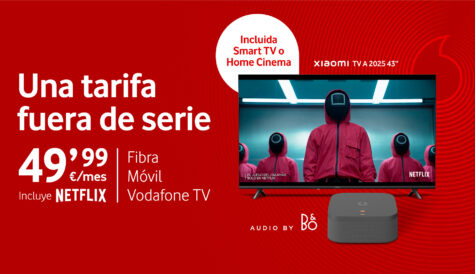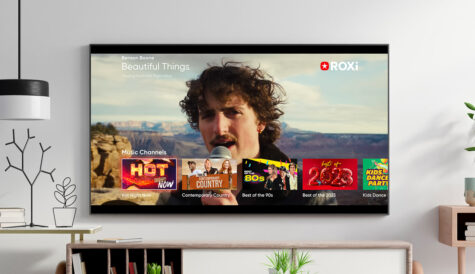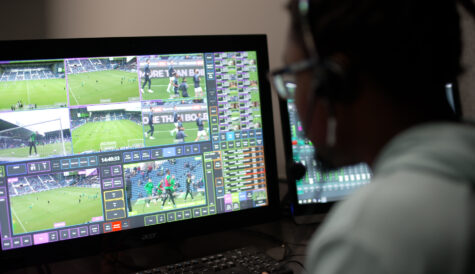HDR still facing significant hurdles, MIPCOM attendees told
A number of significant hurdles need to be crossed before HDR TV becomes mainstream, according to Maryline Clare-Charrier, 4EVER Project Leader, Orange Labs. Speaking at a MIPCOM session on HDR this morning, Clare-Charrier also said that higher frame-rates (HFR) should be a key part of UHD, but is in danger of being neglected as the industry focuses on High Dynamic Range.
Problems with HDR include the fact that current HDR TV sets are inadequate, offering only 500-1000 cd/m sq. – the industry metric for dynamic range – rather than the 1500 cd/m sq. that is said to provide an optimal viewing experience. In addition, “live production is not ready”, she said. “production is still a problem and so are encoding issues,” said Clare-Charrier. Current requirements could run to about 30Mbps, which is not commercially viable. TVs need to be backward compatible. Programmes need to address non-HDR viewers, she said.
Clare-Charrier said that other problems include the fact that there are multiple standards and formats, with a number of committees discussing different technologies. The most well-known technologies include solutions from Dolby, Philips, Technicolor and the BBC.
4K would require people to sit extremely close to the screen – about 1.5m – in order to see any benefit. As most people sit about 3m from the screen, this does not make sense, she said.
Clare-Charrier said that to be complete four elements: 4K, higher frame rate, HDR and wider colour gamut.
Clare-Charrier said that higher frame rate TV was also important, though has been little discussed of late. HFR tests before experts had showed that appreciation increased with higher rates. Content encoded at 3Mbps showed that 100fps worked in many cases better than 50fps. “there is no exptra cost when you have twice as much data,” she said. However, frame interpolation or refereshment – an algorithm-created image between frames on the display – doe s not always work.
While HFR does not require new technology and is relatively straightforward from the encoding perspective, it is not supported by many display manufacturers, with a lack of professional and consumer interfaces. It is important to include HFR as broadcasters work on integrating HDR because they are unlikely to upgrade their production workflow again in the short term.




